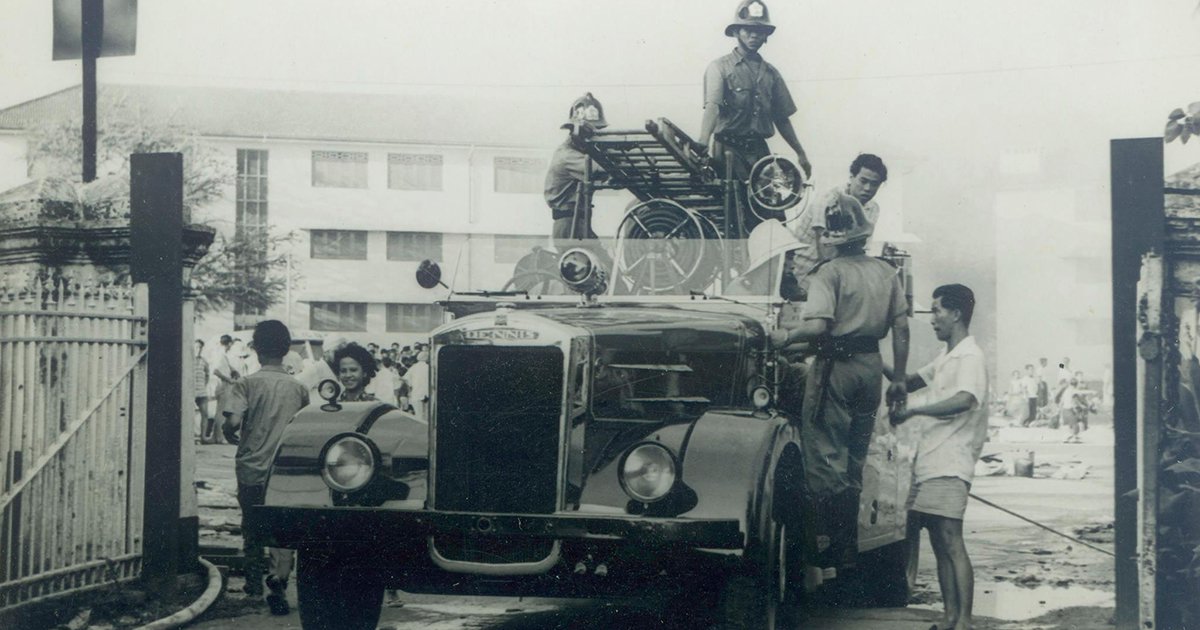The Bukit Ho Swee squatter settlement was completely gutted by a mysterious fire in 1961.
In total, four people were killed and another 85 injured.
The blaze destroyed a school, shops, factories, and 2,800 houses after it spread across 250 acres (approximately 93 football fields).
Some 16,000 people became homeless as a result.
It is the worst fire in Singapore.
Previously unseen photos
On March 9, 2018, a set of supposedly never-seen-before photos of the Bukit Ho Swee fire was uploaded on Facebook by Robert Zhao Renhui.
Zhao wrote that he got hold of a small envelope of photographs in London. It was labelled “Disaster” and contained black-and-white snapshots.
The photos were presumably taken by a tourist who was in Singapore when the disaster happened.
Many factors led to fire
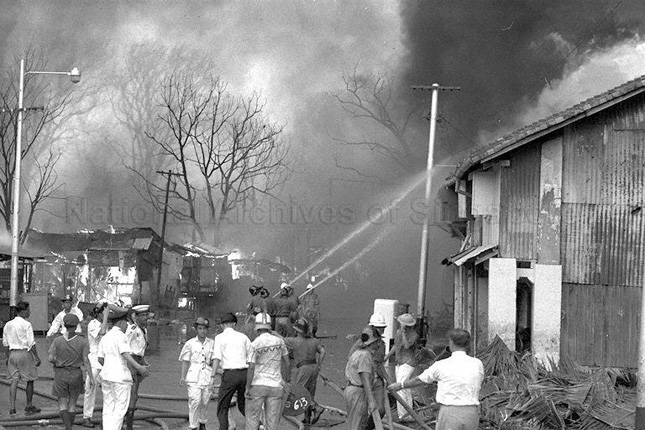 Photo via National Archives of Singapore
Photo via National Archives of Singapore
The uncontrollable fire on May 25, 1961, was the result of many factors -- and to this day is a subject of intrigue, controversy and conspiracy theories.
The squatter settlement consisted of attap houses that were fire-prone and cramped together.
Due to strong winds, the fire started in Kampong Tiong Bahru, before spreading across the road to Bukit Ho Swee.
Oil and petrol from nearby godowns intensified the blaze.
A total of about 180 fireman, 20 officers, 22 fire engines and nearly 1,000 army personnel were deployed to battle the fire and aid in crowd-control.
Many of these personnel were recalled via radio broadcasts as it was the Hari Raya Haji public holiday.
Firefighters struggled to put out the fire due to low water pressure from hydrants and the dense layout of the kampong.
It was only after the last few huts were razed to the ground that the fire was eventually brought under control. By that time, it had made its way to the open space along Ganges Avenue.
[related_story]
Move to public housing
The fire was a pivotal moment for the development of modern public housing in Singapore.
After the fire, the government made it easier to allow it to acquire the fire site for redevelopment into a low-cost housing area, thereby amending the Land Acquisition Ordinance Act.
The act gave the government more leverage in acquiring such sites to pursue their goal of public housing.
Those affected by the fire were rehoused.
The first phase was known as “Operation Shift”. It saw the relocation of about 6,000 people to 1,150 flats in new estates such as Queenstown, Tiong Bahru and Kallang.
By February 1962, all remaining families were successfully rehoused.
Five years later, in 1967, 12,562 flats were built on the site of the Bukit Ho Swee fire.
In a 1970 census, the estate was home to 45,066 residents, a majority of whom were former residents of Kampong Bukit Ho Swee.
Here are the photos, although they have not been authenticated:
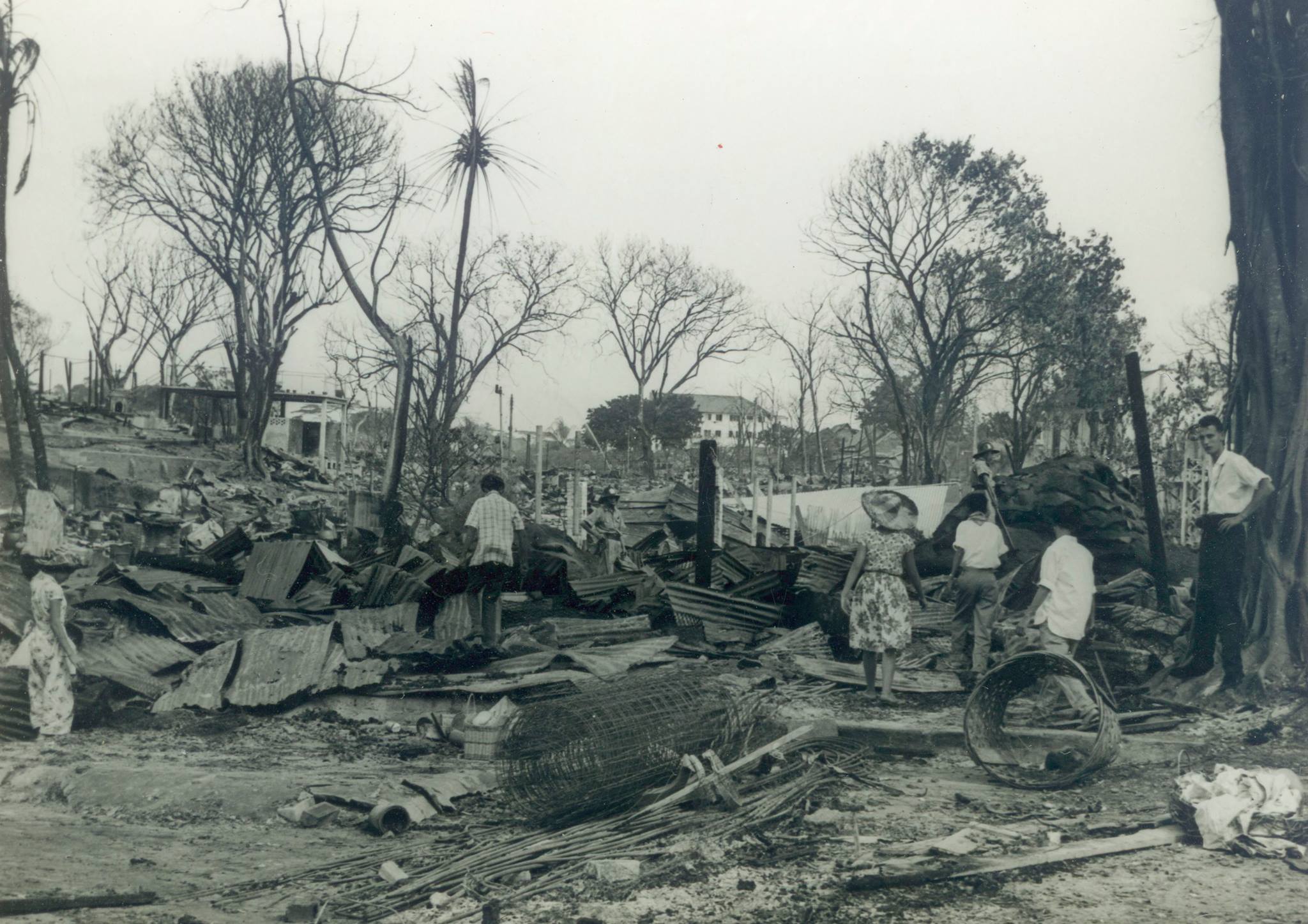
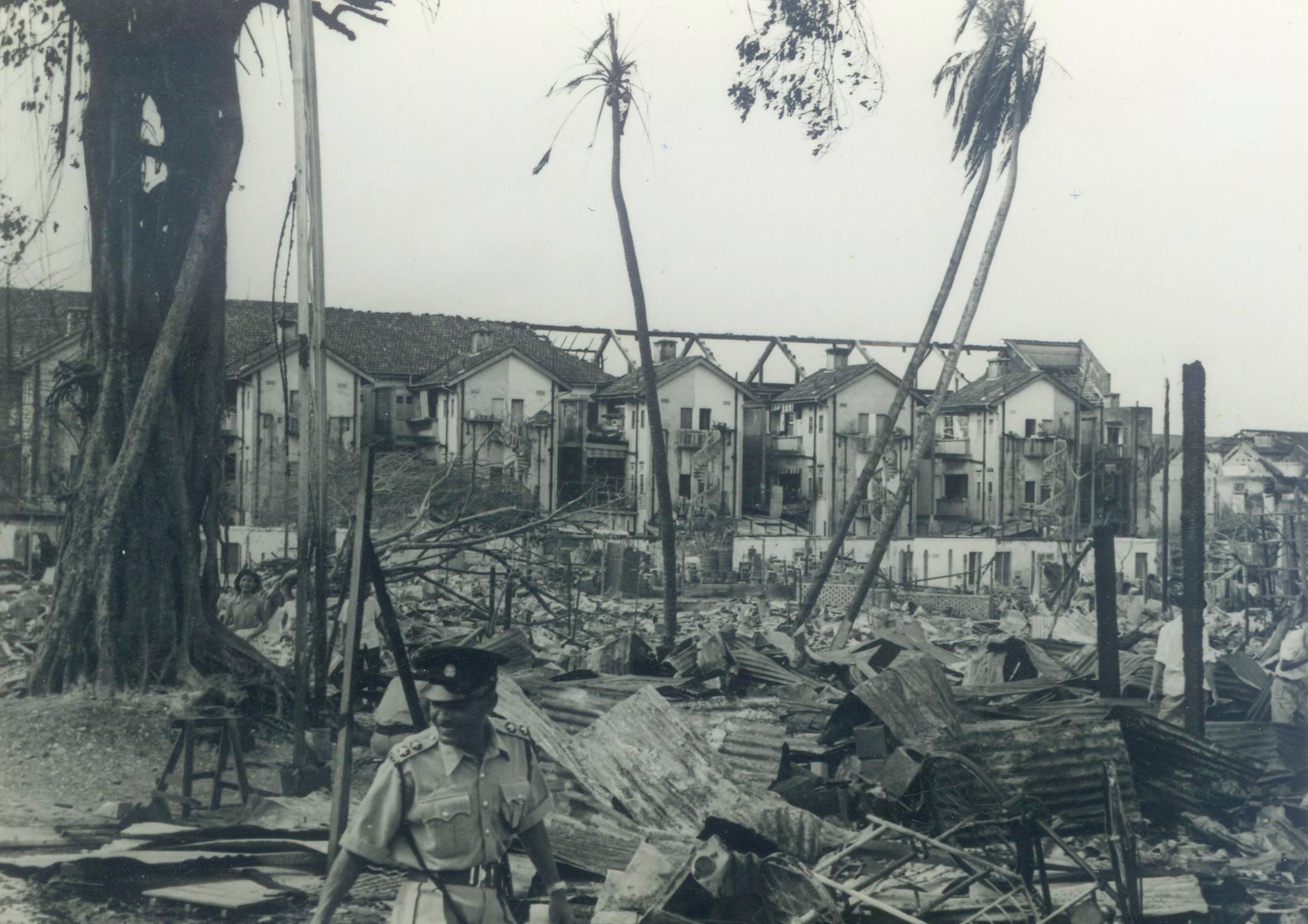
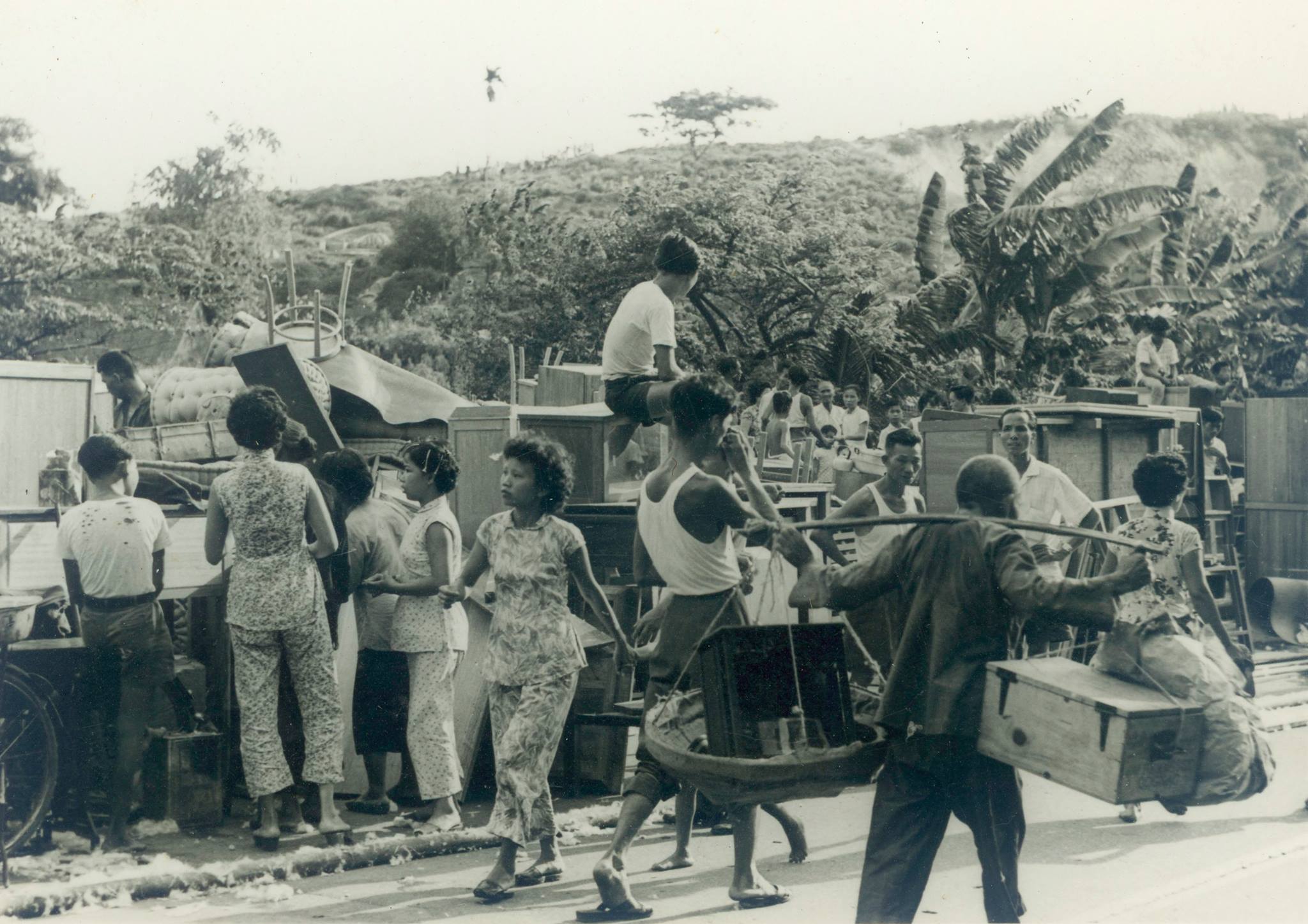
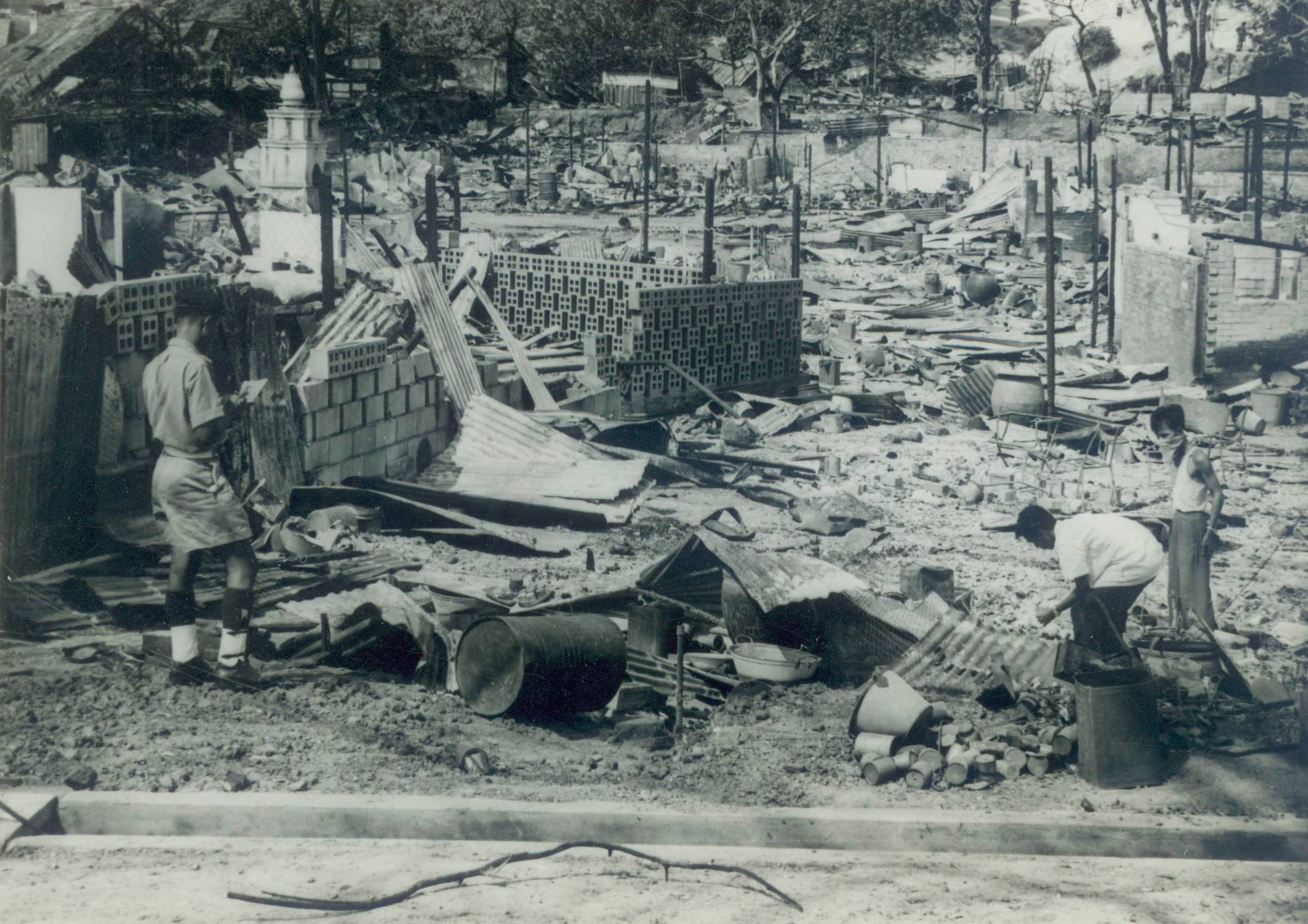
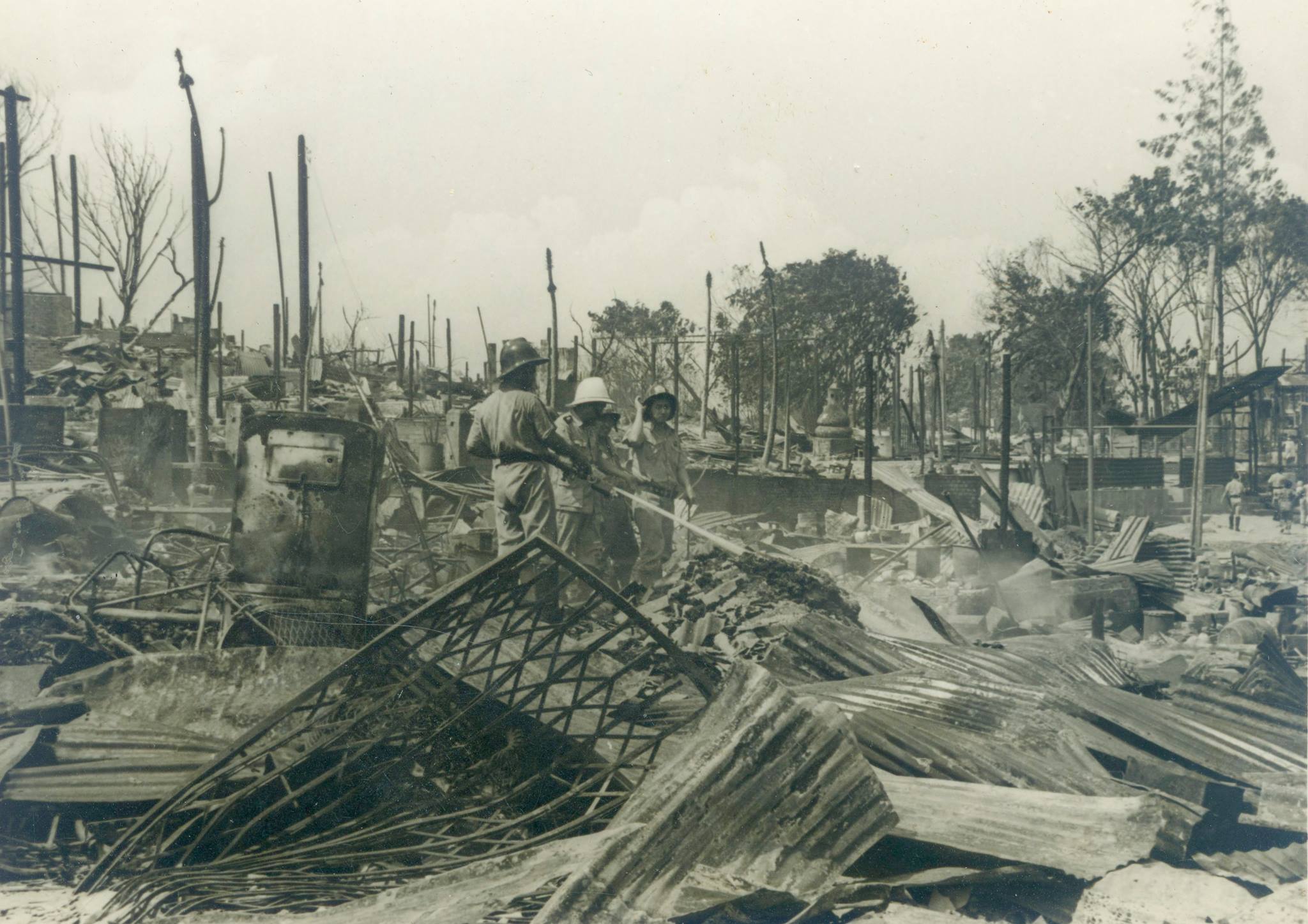
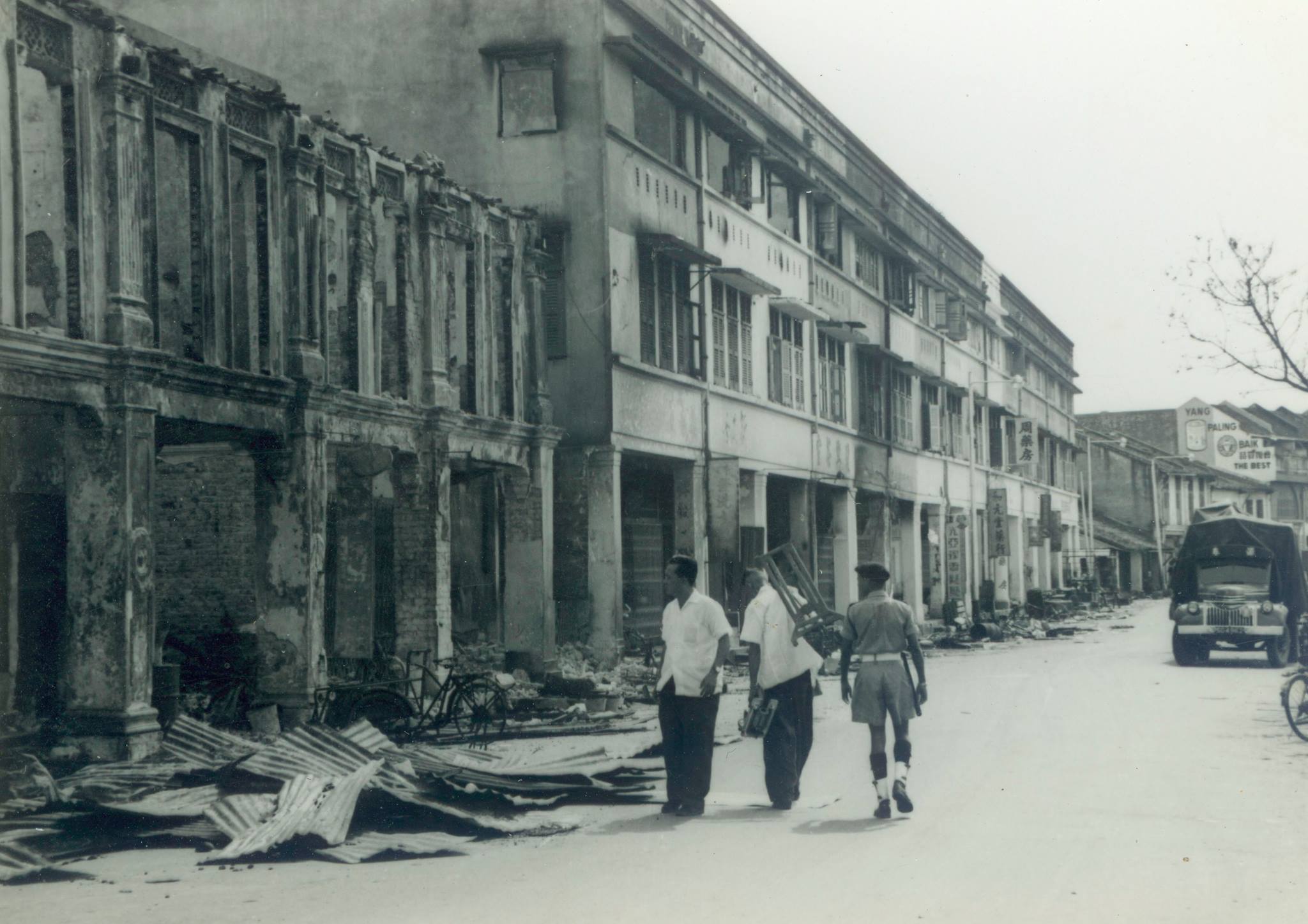
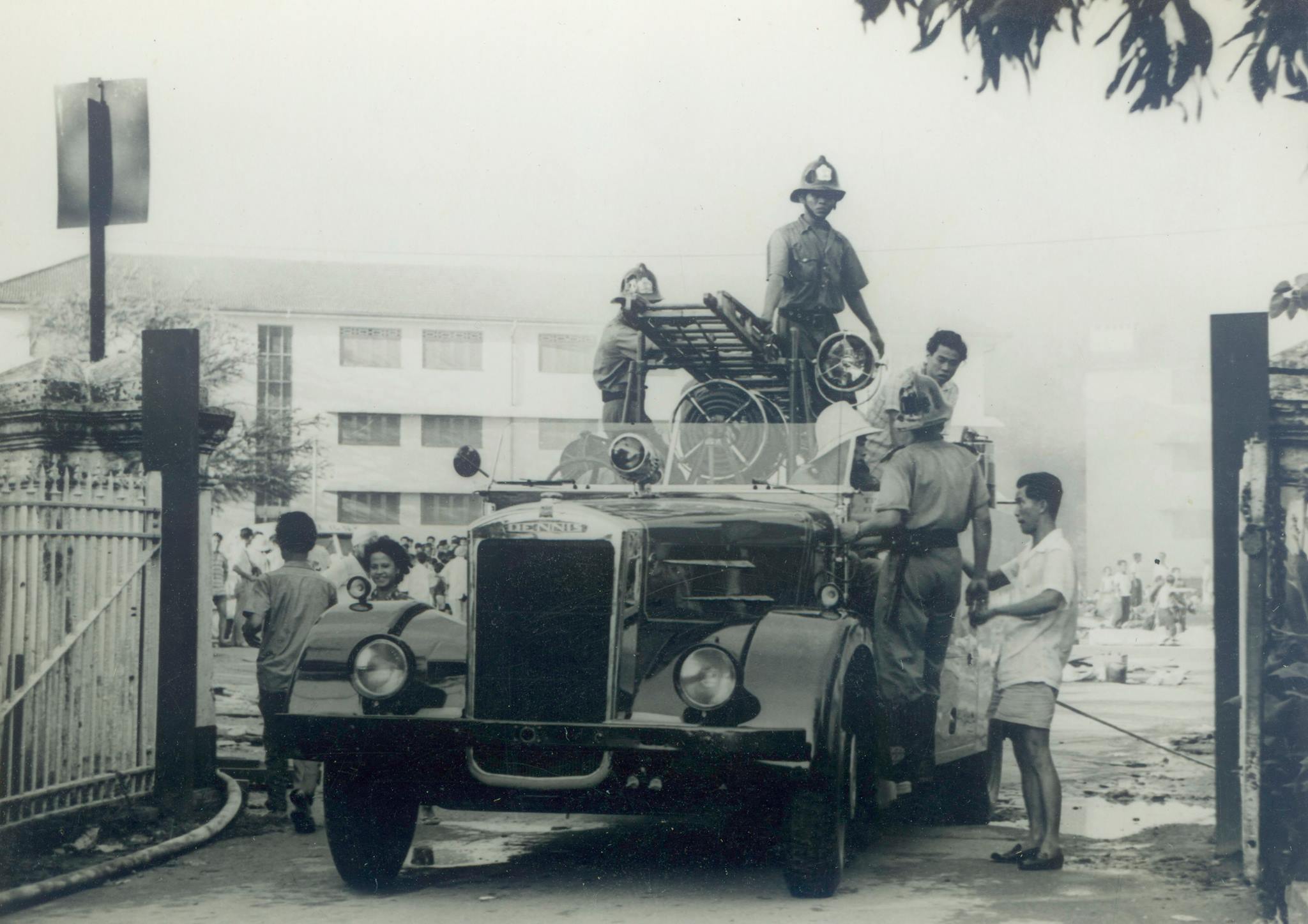
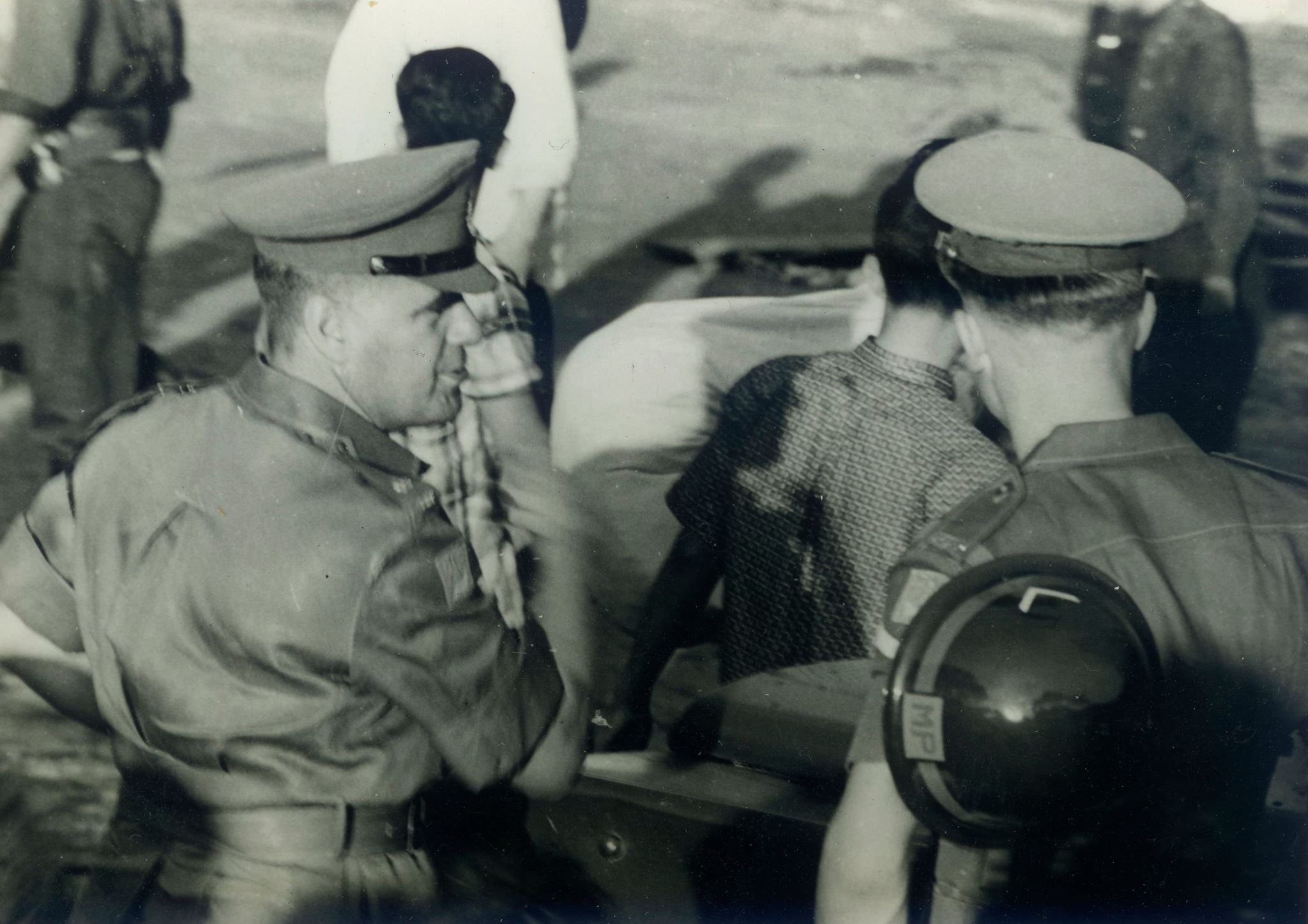
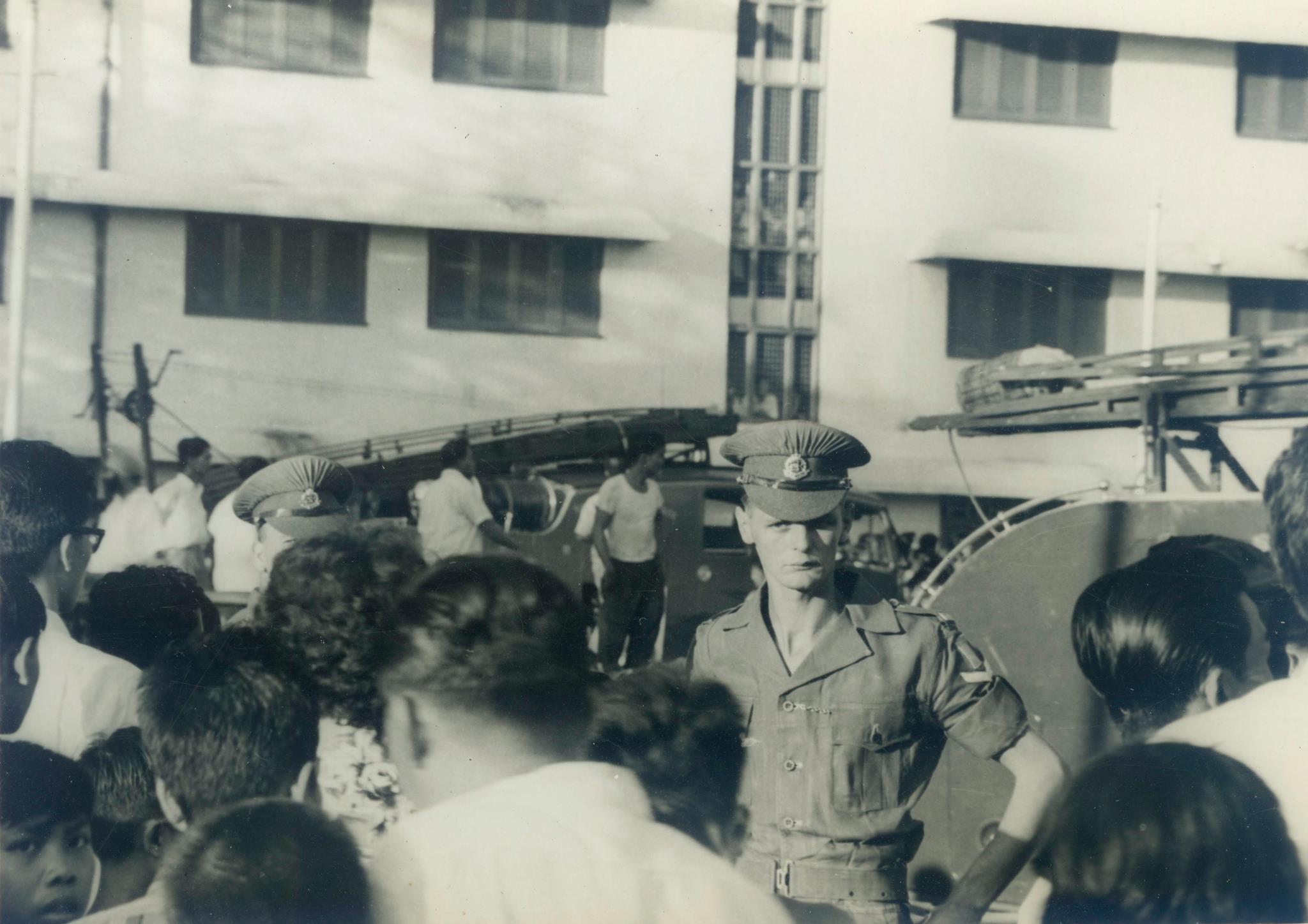
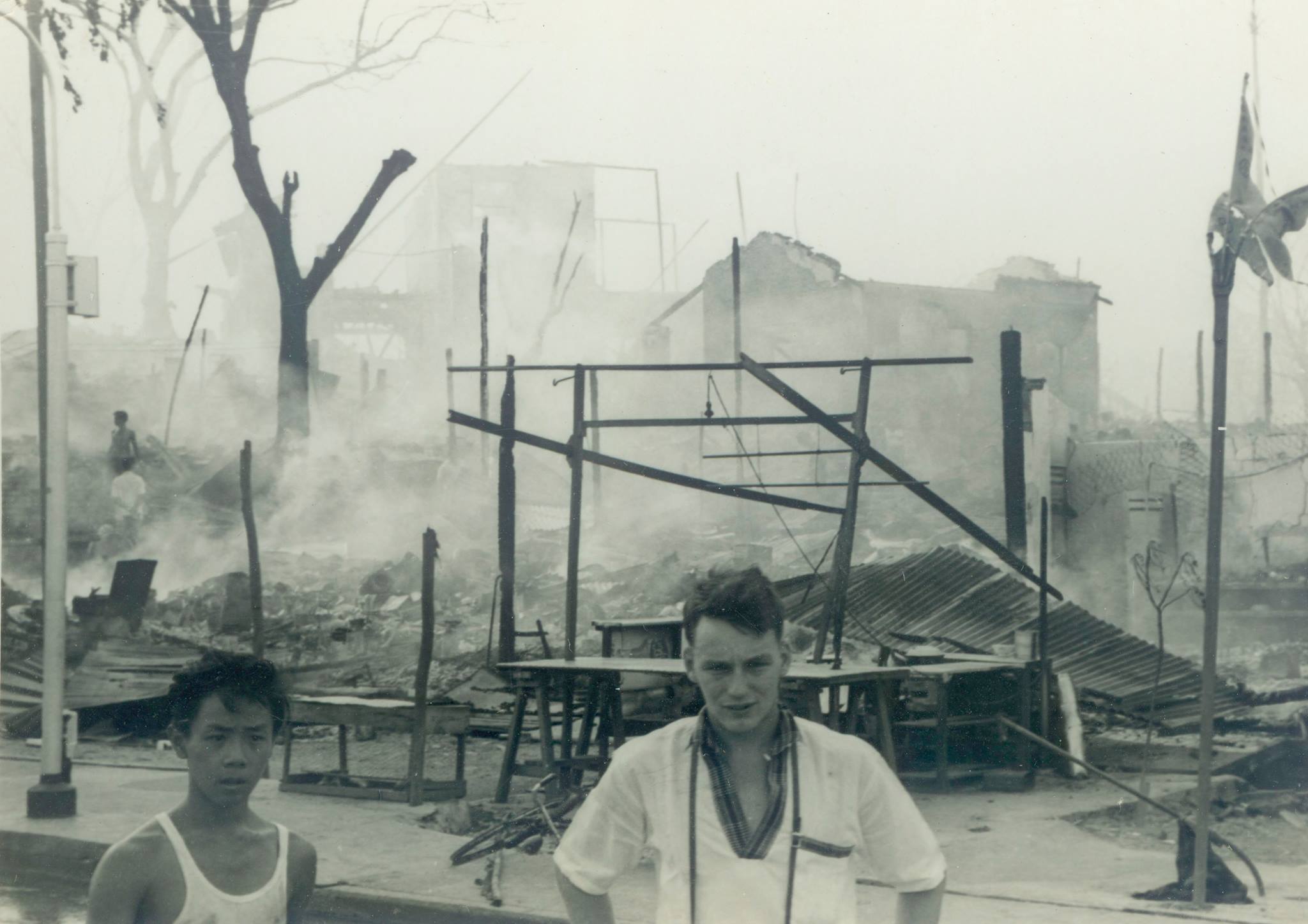
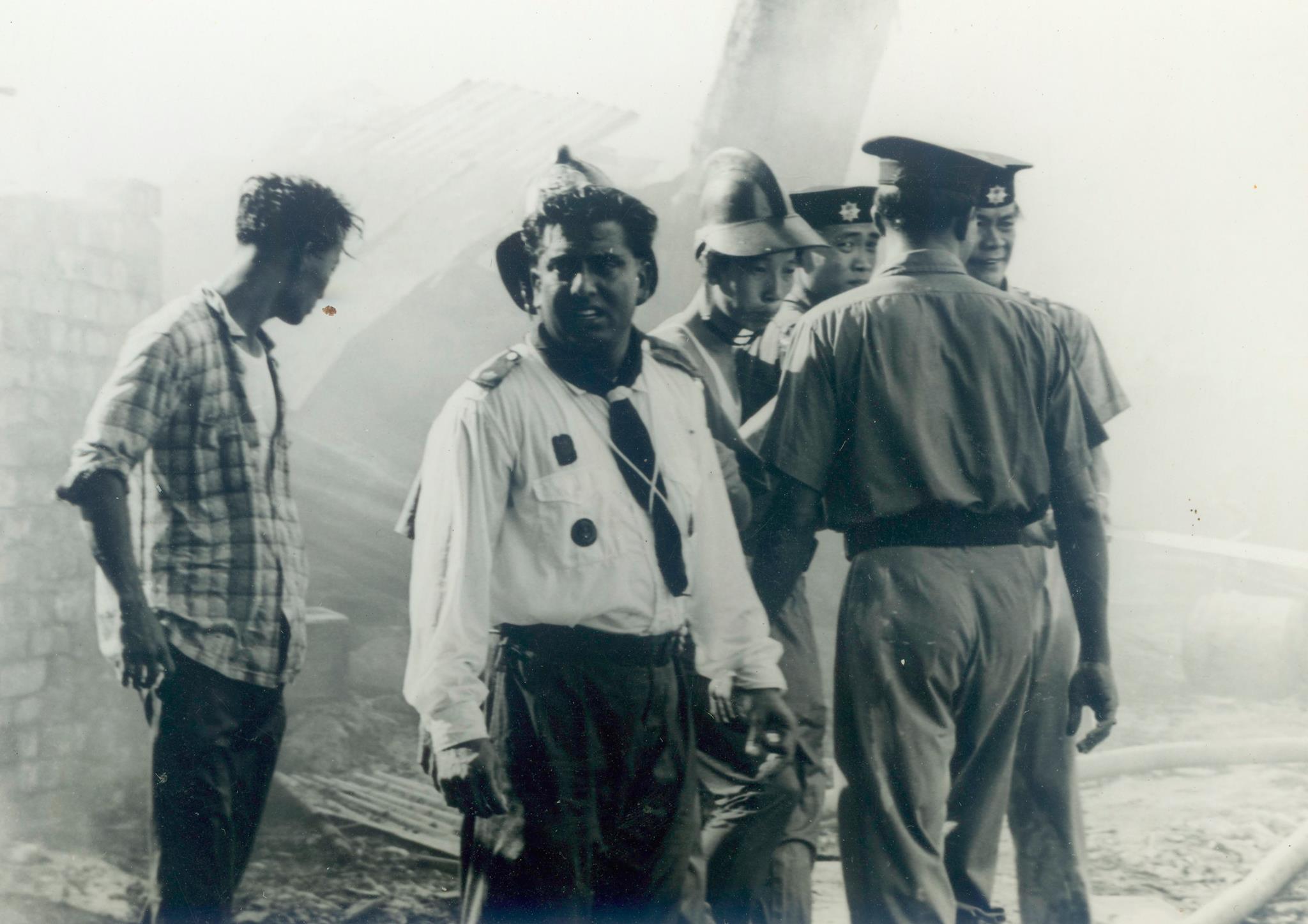
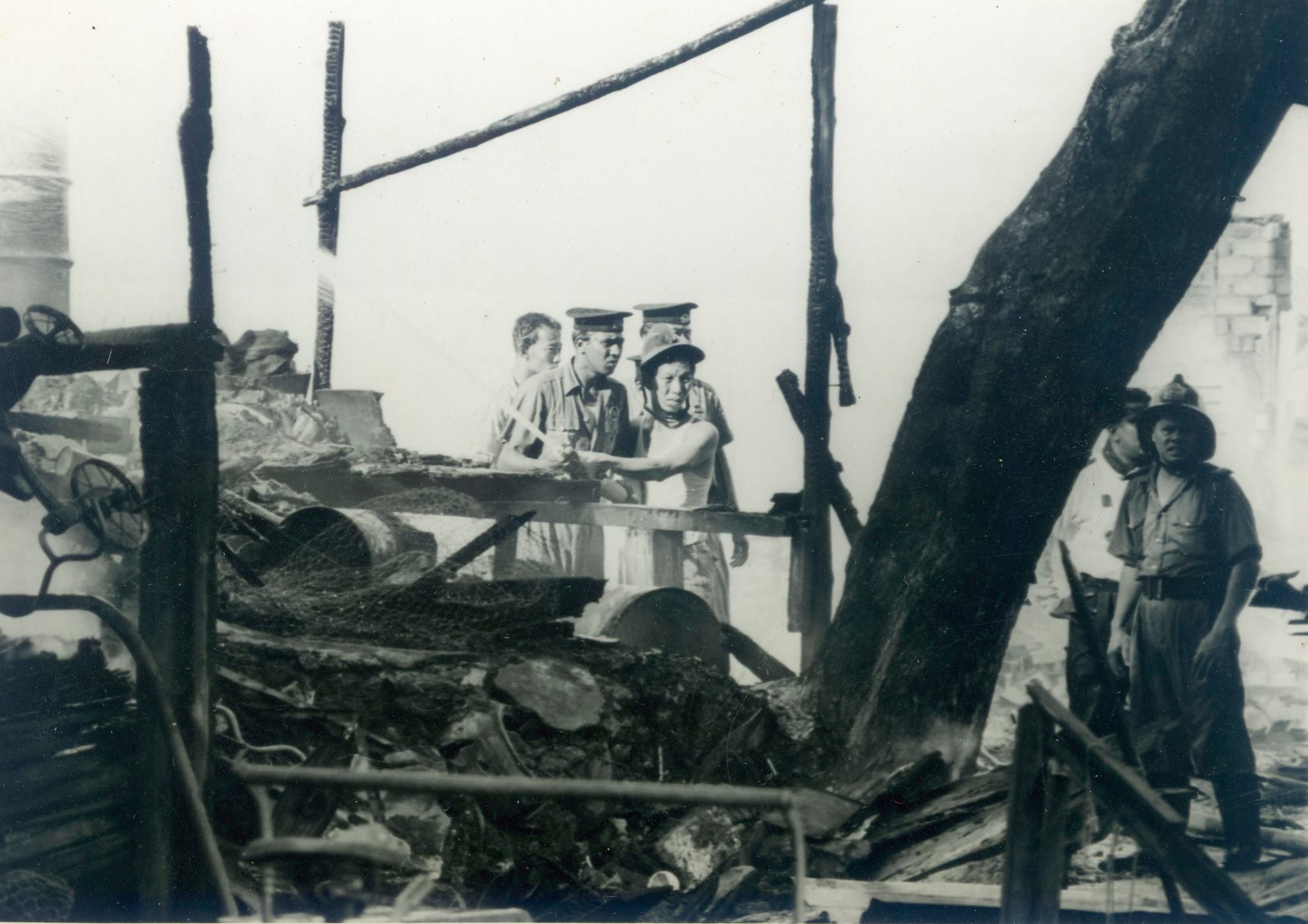
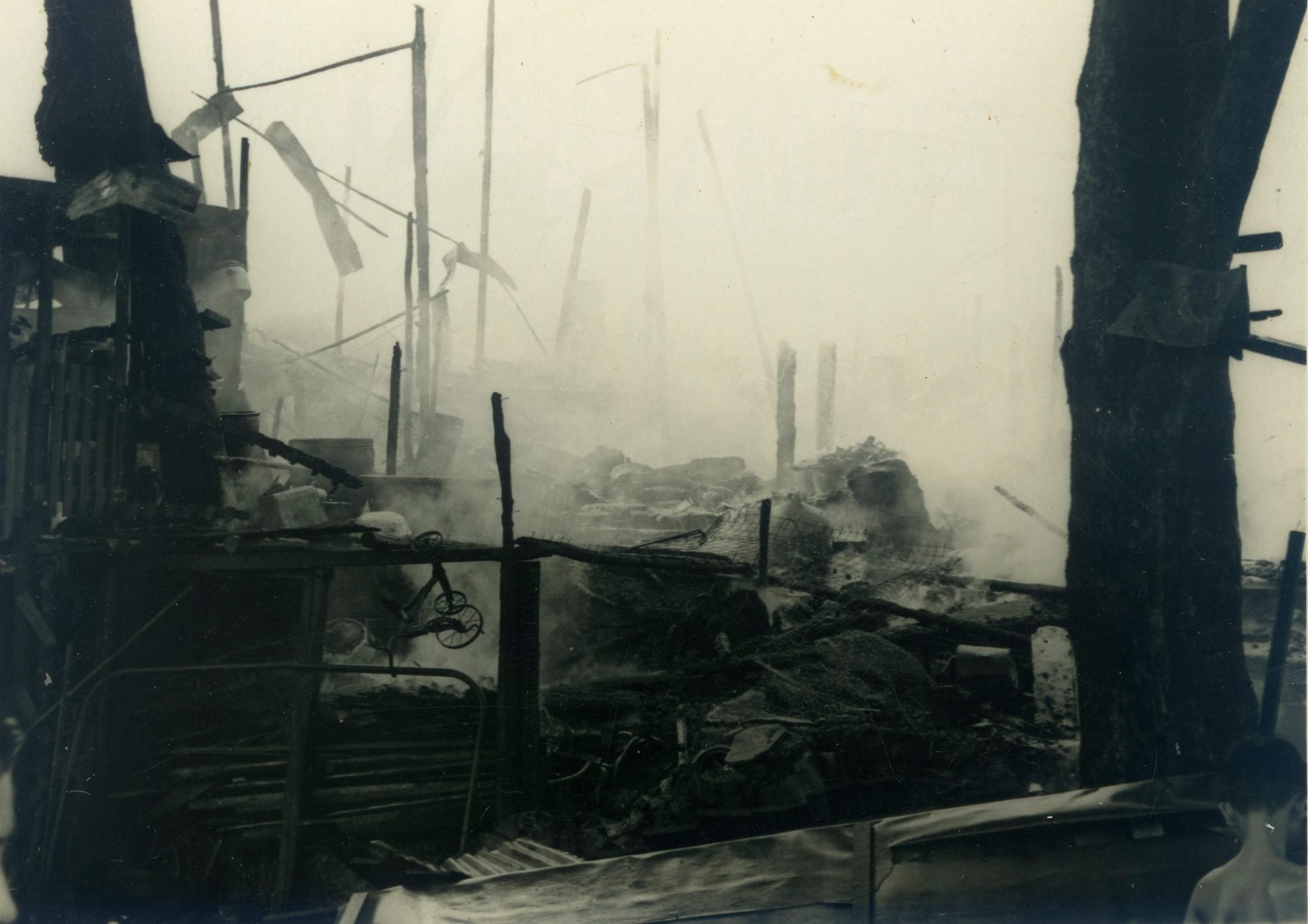
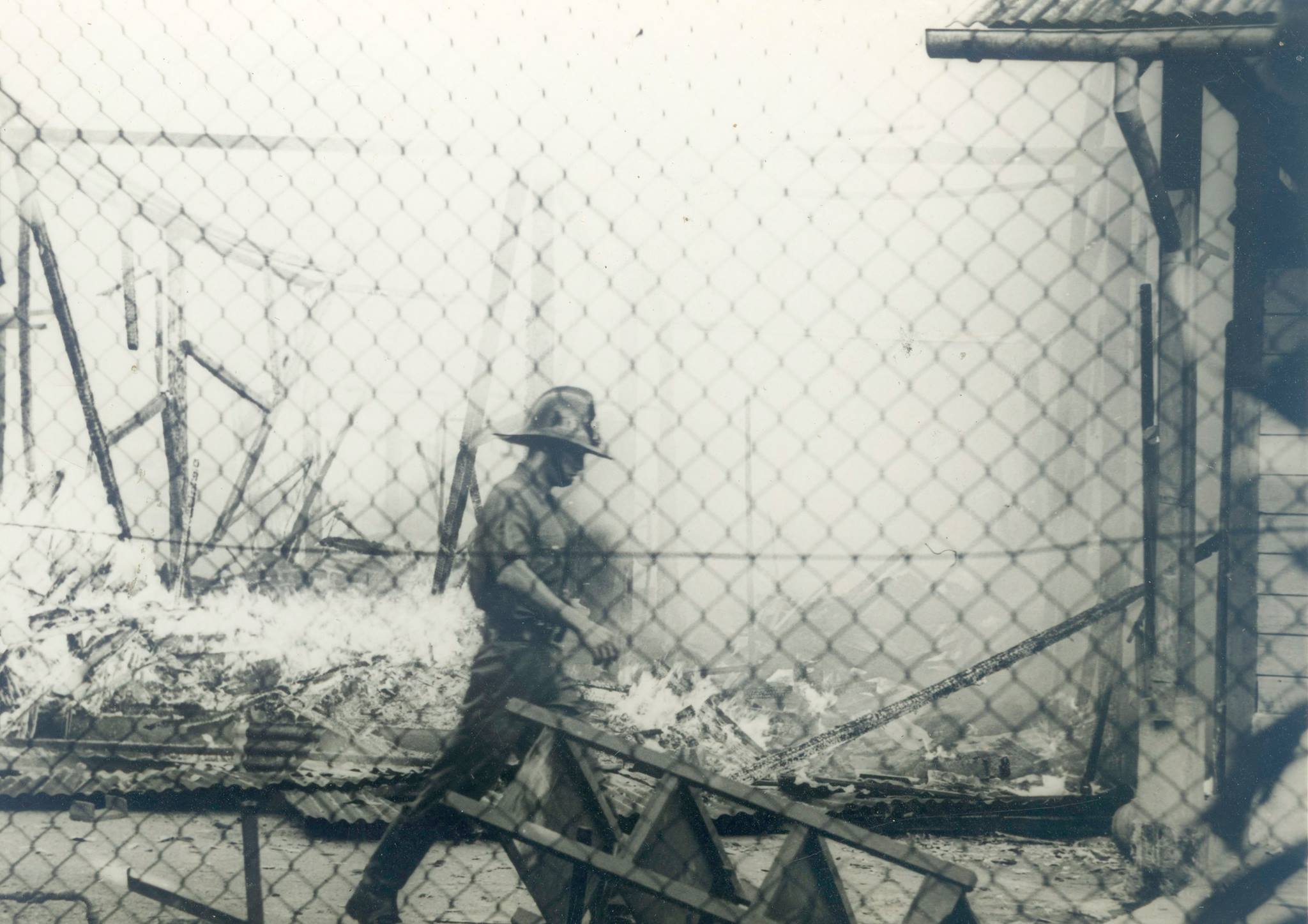
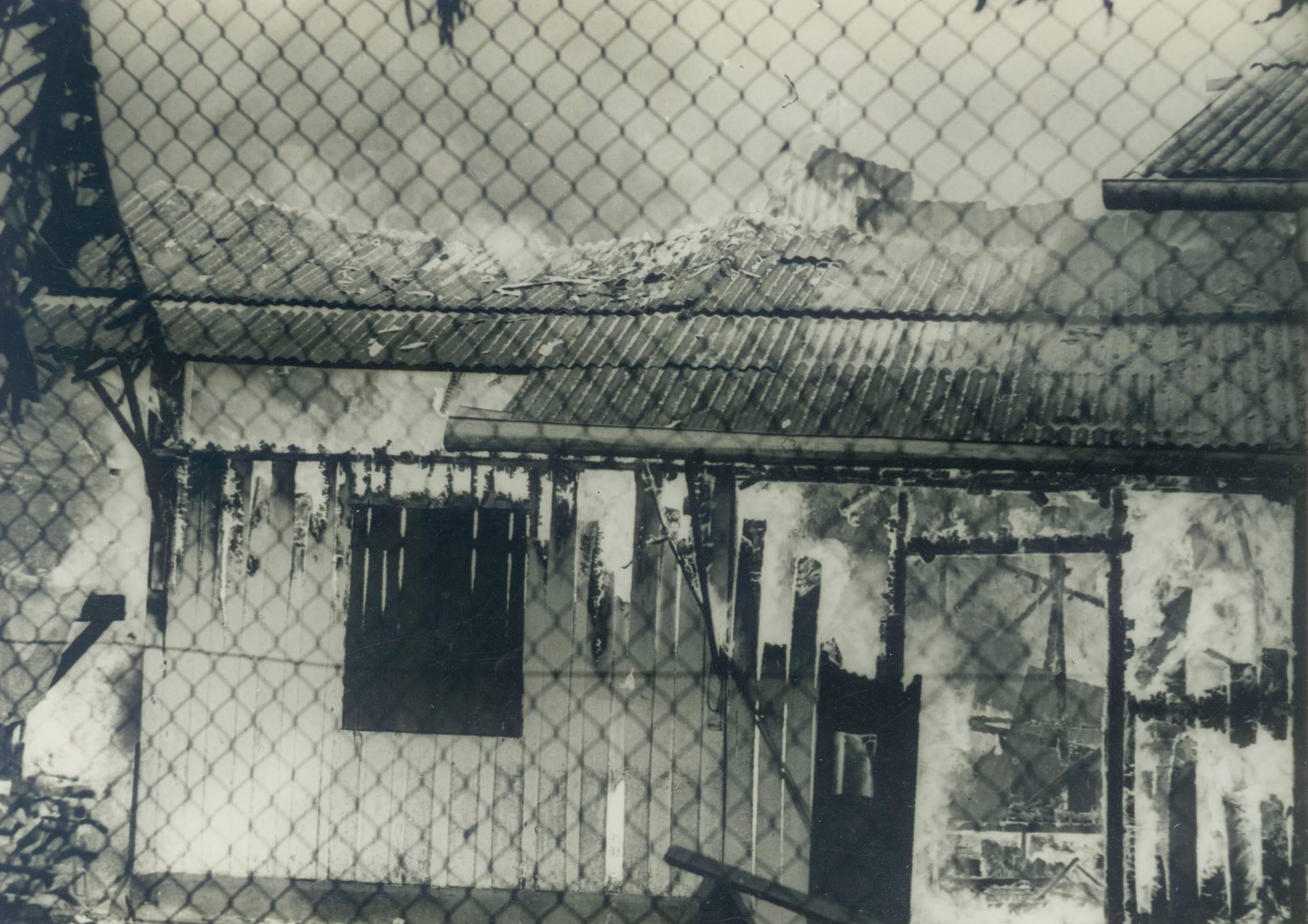
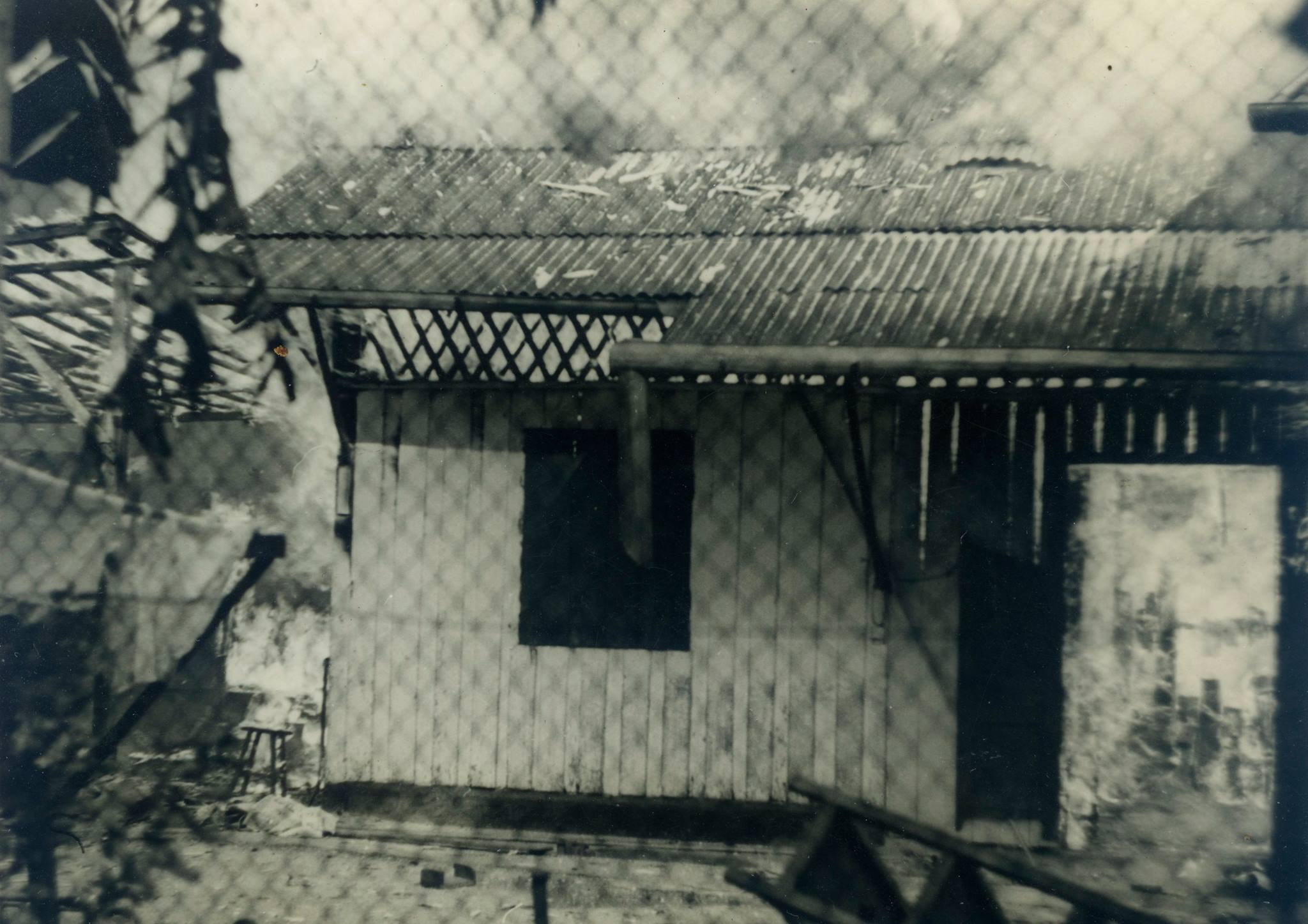
Here’s a totally unrelated but equally interesting story:
Uzbekistan is such a beautiful country it sounds like Us Back In An Instant
If you like what you read, follow us on Facebook, Instagram, Twitter and Telegram to get the latest updates.
